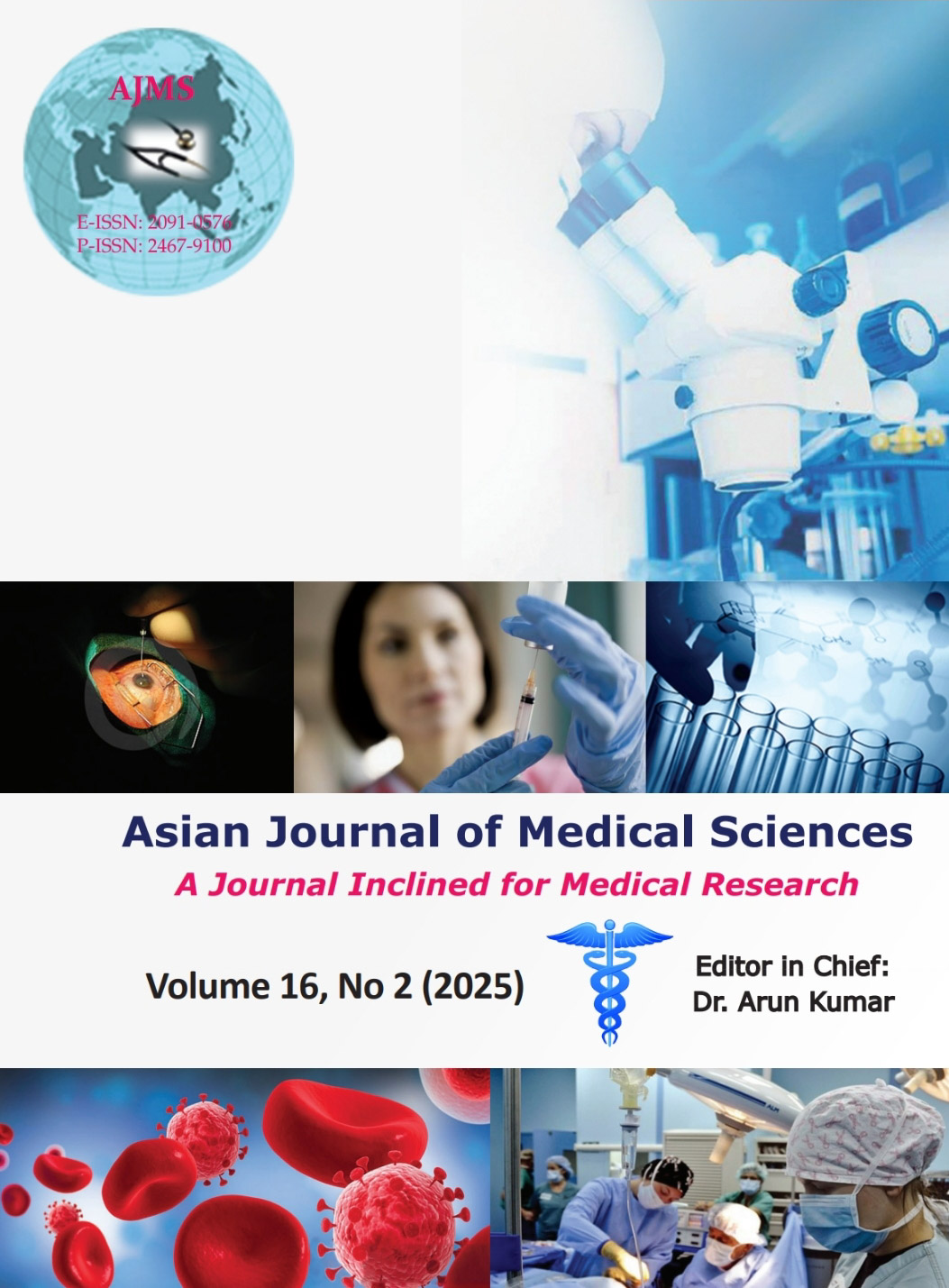Comparison of prophylactic topical application of Cryptomphalus aspersa secretion versus betamethasone for telecobalt radiation-induced skin reactions in locally advanced head and neck carcinoma patients
Keywords:
Grade 3 acute skin toxicity; Head and neck cancer; Telecobalt; External beam radiation therapy; Acute radiodermatitis; Treatment; Prevention; Betamethasone; Cryptomphalus aspersa secretionAbstract
Background: External beam radiation therapy (EBRT) with or without concurrent chemotherapy is practiced as backbone of treatment across sites and subsites of head and neck cancer (HNC) when the intent is definitive. Radiation-induced acute skin reaction is of major concern during and after definitive course of radiotherapy. Prevention and treatment of these reactions play an important role in the completion of the prescribed course of EBRT within stipulated time period while maintaining the quality of life.
Aims and Objectives: The aim of the study was to compare results of topical Cryptomphalus aspersa secretion versus betamethasone cream for radiation-induced acute skin reactions in locally advanced head and neck carcinoma patients undergoing definitive irradiation from telecobalt and concurrent chemotherapy.
Materials and Methods: A prospective randomized study was conducted to compare the topical application of C. aspersa secretion 4% cream (Study Group) versus betamethasone 0.1% ointment (Control Group) for the management of radiation-induced skin reactions in locally advanced head and neck carcinoma treated with concomitant chemoradiation. Thirty patients in each of the two groups were treated with radical EBRT 66 Gy/33 fractions/6.5 weeks (5 fractions/week) concomitant with Cisplatin 100 mg/m2 every 3 weeks.
Results: Grade 3 skin reactions were observed in 11 (36.67%) and 12 (40%) patients in the Control Group at the 6th week and at completion of treatment, respectively. There were no Grade 3 skin reactions in the Study Group. The difference in the development of skin reactions observed was statistically significant at 6th week, at completion of treatment as well as at the 1st month of follow-up (grade-1) between the two groups (P<0.001).
Conclusion: Prophylactic application of topical C. aspersa secretion delays the emergence of skin reactions of HNC patients during telecobalt radiation treatment, prevents appearance of Grade 3 or higher skin reactions, and also repairs them faster as compared to betamethasone topical preparation.
Downloads
Downloads
Published
How to Cite
Issue
Section
License
Copyright (c) 2025 Asian Journal of Medical Sciences

This work is licensed under a Creative Commons Attribution-NonCommercial 4.0 International License.
Authors who publish with this journal agree to the following terms:
- The journal holds copyright and publishes the work under a Creative Commons CC-BY-NC license that permits use, distribution and reprduction in any medium, provided the original work is properly cited and is not used for commercial purposes. The journal should be recognised as the original publisher of this work.
- Authors are able to enter into separate, additional contractual arrangements for the non-exclusive distribution of the journal's published version of the work (e.g., post it to an institutional repository or publish it in a book), with an acknowledgement of its initial publication in this journal.
- Authors are permitted and encouraged to post their work online (e.g., in institutional repositories or on their website) prior to and during the submission process, as it can lead to productive exchanges, as well as earlier and greater citation of published work (See The Effect of Open Access).




